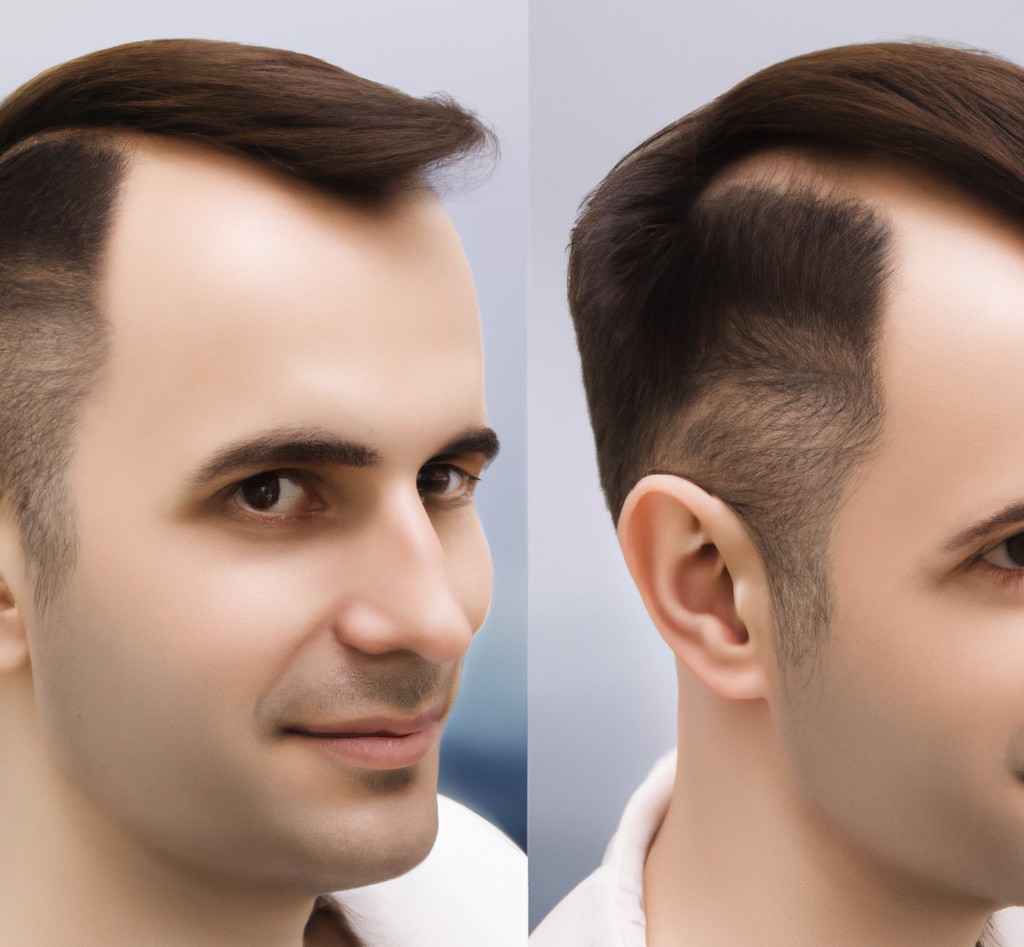When you first learn about hair transplantation, the idea of surgery might seem scary. But this procedure is actually quite safe. In fact, hair transplant procedures have become so common that some men and women are even willing to discuss having one publicly. A result is a growing number of famous individuals who have spoken out about their decision to undergo surgical procedures to restore their natural or artificially enhanced locks. Moreover, modern hair restoration techniques are also less expensive and less invasive than they once were. Many people who undergo these procedures report little or no pain afterward and say they’d do it again given the opportunity. That said, if you’re considering surgery as a way to address your hair loss issues, you may have some concerns about what the process will entail from a…
What to Expect From Hair Transplant Surgery
Hair transplant surgery is the process of moving hair from one part of your body to another. You may have heard about this type of surgery with two other terms that you may have come across: hair restoration and hair replacement. Hair restoration is used to describe the transplanting of hair from one part of the scalp of the person with hair loss to another part of the scalp. Hair replacement, on the other hand, is used to refer to the transplanting of hair from one part of the body to another. In other words, hair replacement surgeries involve the transplanting of hair from parts of the body where hair is typically thicker, like the back and the sides, to parts of the body where hair is typically sparser, like the top of the head.

Will I Be Conscious During the Surgery?
Hair transplant surgery is minimally invasive, which means that it involves a very small incision, or cut, in order to access the part of the scalp where hair follicles are harvested. Most surgeons will either use a local anesthetic or a topical numbing agent to manage the pain that may arise during the procedure. Hair transplant surgeries that use FUE or FUT techniques, on the other hand, are performed under a general anesthetic. This is because the harvesting of hair follicles from the back of the head (common in FUE techniques) can be more painful than harvesting follicles from the top of the head (common in FUT techniques).
How Much Does a Hair Transplant Procedure Hurt?
Hair transplant surgery is minimally invasive, which means that it involves a very small incision, or cut, in order to access the part of the scalp where hair follicles are harvested. Most surgeons will either use a local anesthetic or a topical numbing agent to manage the pain that may arise during the procedure. Hair transplant surgeries that use FUE or FUT techniques, on the other hand, are performed under a general anesthetic. This is because the harvesting of hair follicles from the back of the head (common in FUE techniques) can be more painful than harvesting follicles from the top of the head (common in FUT techniques).
How I can sleep after a hair transplant?
Hair transplant surgeons often encourage their patients to get plenty of rest and to stay hydrated after their procedures. In fact, drinking enough water can help to expedite the healing process after surgery because it can prevent dehydration. Hair transplantation is minimally invasive, but even though it doesn’t require general anesthesia, it does require some sutures or stitches. Those sutures or stitches should be removed 10 days after the procedure, but hair transplant patients are advised to rest for two or three days after their surgeries to facilitate the healing process.
Are you asleep during a hair transplant?
Hair transplant surgery is minimally invasive, which means that it involves a very small incision, or cut, in order to access the part of the scalp where hair follicles are harvested. Most surgeons will either use a local anesthetic or a topical numbing agent to manage the pain that may arise during the procedure. Hair transplant surgeries that use FUE or FUT techniques, on the other hand, are performed under a general anesthetic. This is because the harvesting of hair follicles from the back of the head (common in FUE techniques) can be more painful than harvesting follicles from the top of the head (common in FUT techniques).
Does a hair transplant leave scars?
Hair transplant surgeries leave tiny incisions on the scalp, usually less than half an inch in length. These incisions are so small that they can be easily covered up by the person’s hair, which means that they are virtually undetectable. Hair transplant surgeries that use FUE or FUT techniques also leave very small incisions in the back of the head, where the surgeon will extract hair follicles from the donor site in order to transplant them to the balding or thinning areas on the top of the scalp.
Recovery Time and Aftercare
The healing process for hair transplantation can last anywhere from three to six months, although some people may experience a receding hairline for a year or longer. Hair transplants that use FUE or FUT techniques are usually performed under general anesthetic, which means that patients need to take several days off of work to rest and recuperate in order to return to normal life. After a hair transplant surgery, most surgeons recommend that their patients apply an antibacterial ointment to their incisions. This can help to prevent infection and speed up the healing process. People should also make sure to limit their physical activity for 10 days after their surgeries to allow their incisions to heal. The most important thing for hair transplant patients to do is avoid touching their incisions or re-taping them. This can lead to infection.
Key Takeaway
If you’re suffering from hair loss, you might be considering a hair transplant. However, you probably have some concerns about what that procedure will entail. In this article, we’ve outlined what to expect from hair transplant surgery. Hair transplants are a common procedure, and they can be performed under both general and local anesthetics.

1 thought on “Is Hair Transplantation Painful?”